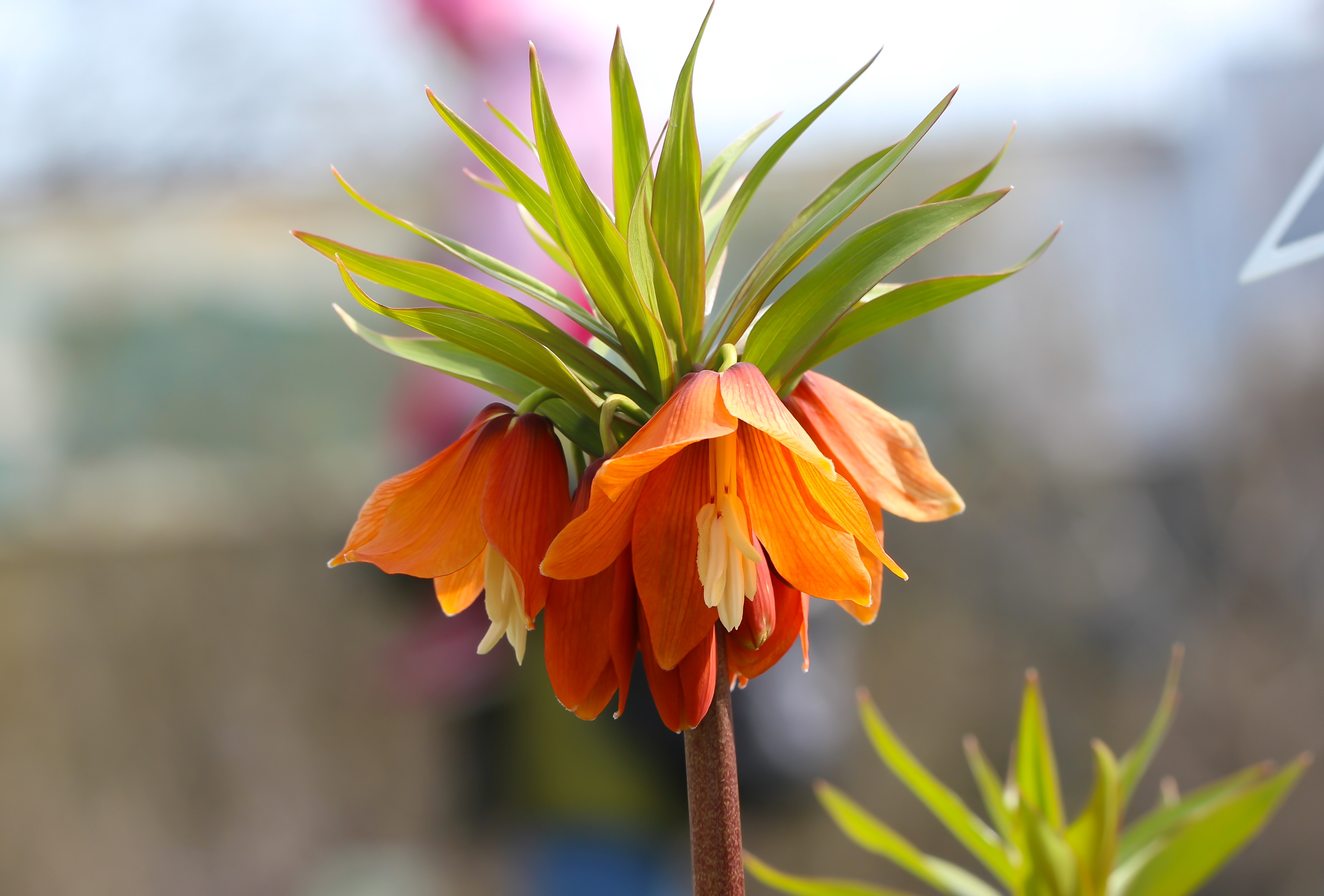Fritillaria eduardii
(Fritillaria eduardii)

Description
Fritillaria eduardii is a species of flowering plant in the lily family Liliaceae, native to Central Asia.It is closely related to the widely cultivated species, F. imperialis, called "crown imperial." Fritillaria (fritillaries) is a genus of spring flowering herbaceous bulbous perennial plants in the lily family (Liliaceae). The type species, Fritillaria meleagris, was first described in Europe in 1571, while other species from the Middle East and Asia were also introduced to Europe at that time. The genus has about 130–140 species divided among eight subgenera. The flowers are usually solitary, nodding and bell-shaped with bulbs that have fleshy scales, resembling those of lilies. They are known for their large genome size and genetically are very closely related to lilies. They are native to the temperate regions of the Northern hemisphere, from the Mediterranean and North Africa through Eurasia and southwest Asia to western North America. Many are endangered due to enthusiastic picking Fritillaria is a genus of perennial herbaceous bulbiferous geophytes, dying back after flowering to an underground storage bulb from which they regrow in the following year.It is characterised by nodding (pendant) flowers, perianths campanulate (bell- or cup-shaped) with erect segments in upper part, a nectarial pit, groove or pouch at the base of the tepal, anthers usually pseudobasifixed, rarely versatile, fruit sometimes winged, embryo minute The inflorescence bears flowers that are often solitary and nodding, but some form umbels or have racemes with many flowers. The flowers are usually actinomorphic (radially symmetric), but weakly zygomorphic (single plane of symmetry) in F. gibbosa and F. ariana. The campanulate perianth has six tepals, in two free whorls of three (trimerous), white, yellow, green, purple or reddish. The erect segments usually tesselated with squares of alternating light and dark colours. While the tepals are usually the same size in both whorls, in F. pallidiflora, the outer tepals are wider. The tepals have nectarial pits, grooves (F. sewerzowii) or pouches at their base. In F. persica the nectarial pouch is developed into a short spur.
Taxonomic tree:







